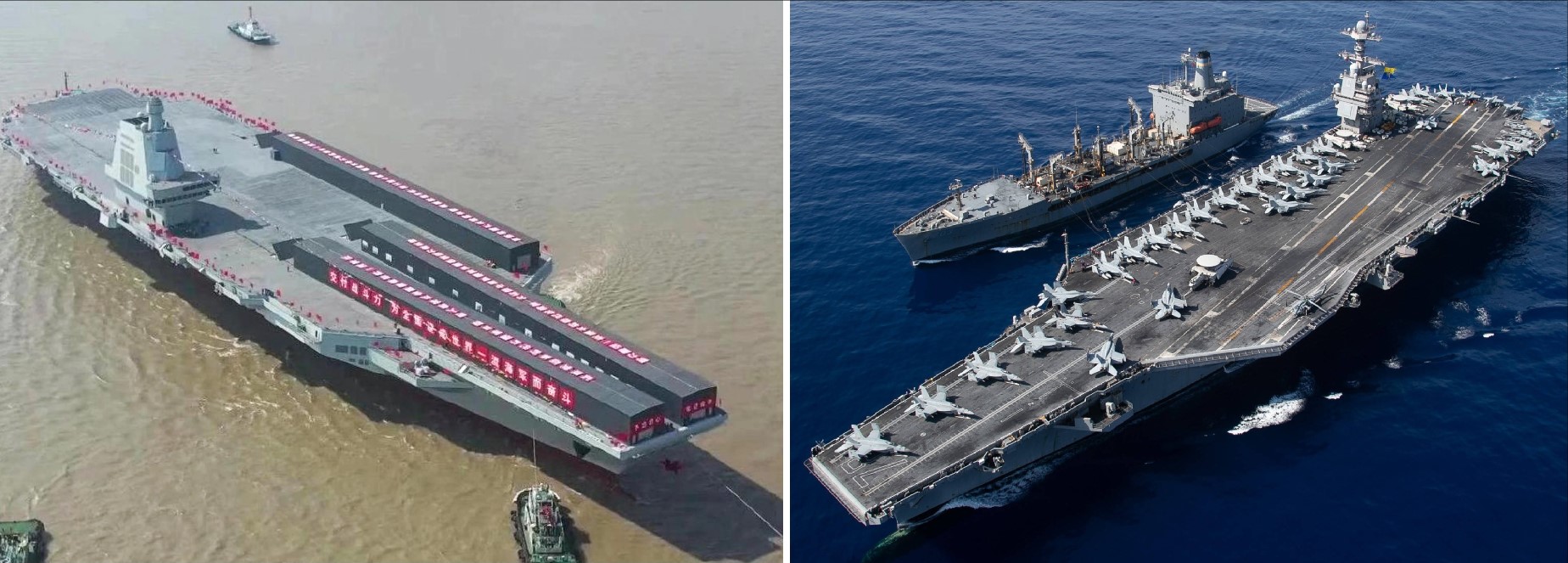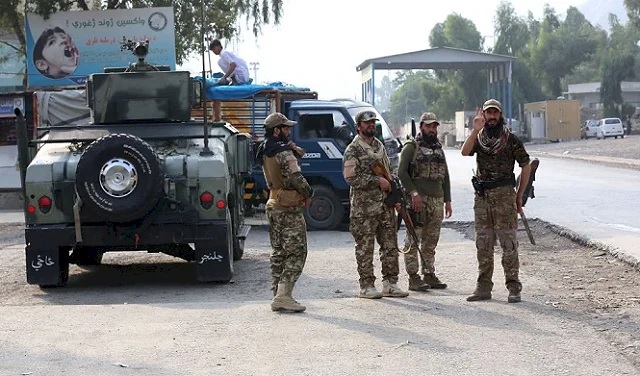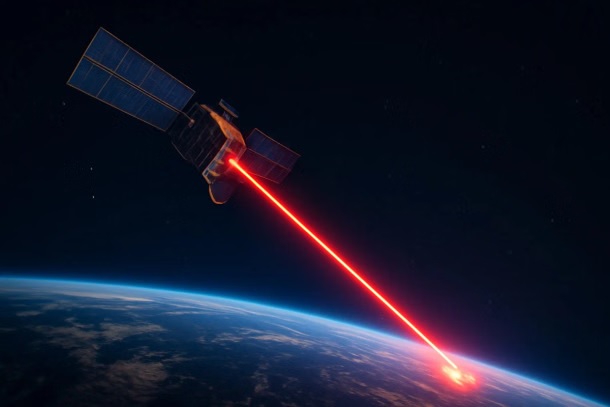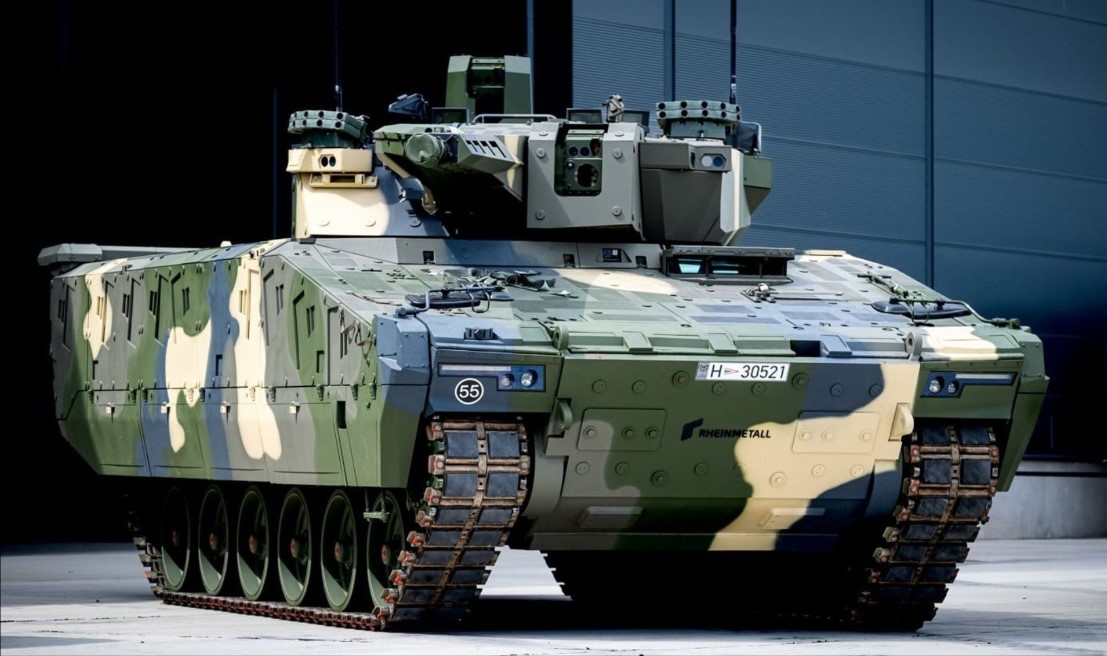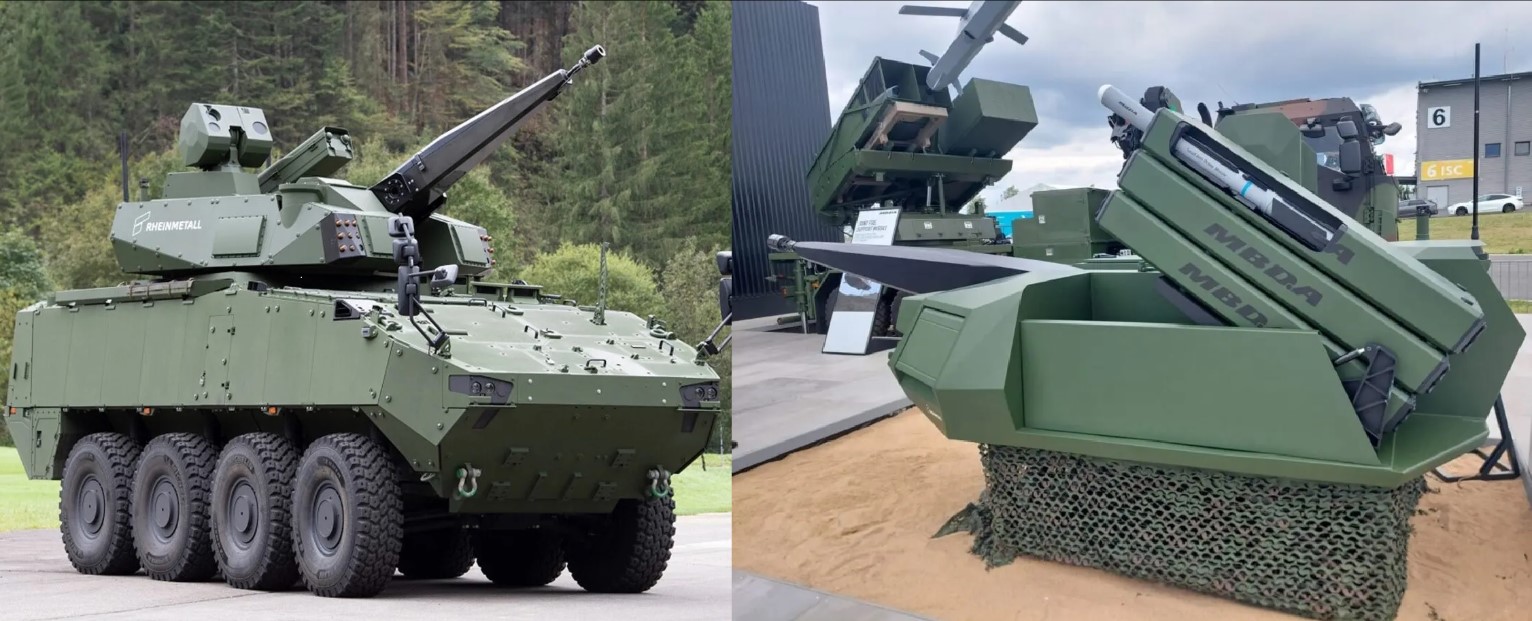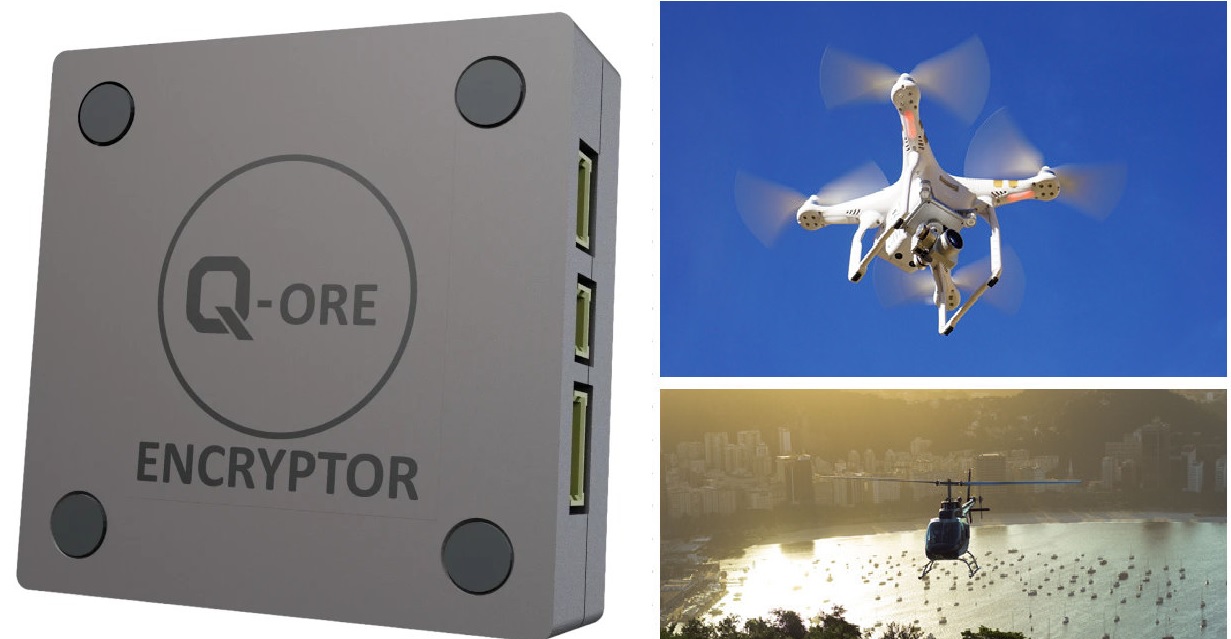Jodhpur Aviation Corps Still Awaits Apache AH-64E Helicopters Amid Delays from the U.S

The Indian Army's Aviation Corps is currently facing delays in receiving its first batch of the Apache AH-64E attack helicopters, procured under a $600 million deal signed with the United States in 2020. Originally scheduled for delivery between May and June, the six helicopters are yet to arrive, causing concerns at the newly formed Apache Squadron at Nagtalao, Jodhpur. This delay has reportedly stretched beyond three months, with sources attributing it to technical issues on the American side.
The Apache AH-64E is regarded as one of the most advanced multi-role combat helicopters in the world. Known for its lethal firepower, unmatched agility, and state-of-the-art targeting systems, the Apache is a crucial asset for modern armies. Equipped with a powerful 30mm M230 chain gun, Hellfire missiles, Hydra 70 rocket pods, and cutting-edge avionics, the AH-64E can engage both ground and air targets with precision. The helicopter is also integrated with advanced sensors like the Longbow radar and modern electronic warfare systems, making it ideal for diverse missions, from deep-strike operations to close air support.
For the Indian Army, these helicopters will bolster operations along the Western front, especially considering the evolving security challenges in the region. The Indian Air Force (IAF) already operates 22 Apache helicopters, acquired under a 2015 agreement, which have proven their value in joint operations and combat readiness exercises. The Army’s acquisition of the Apache AH-64E was aimed at creating synergy with the IAF and enhancing the Aviation Corps' offensive and defensive capabilities.
Currently, the Aviation Corps operates a diverse fleet that includes the indigenously built Advanced Light Helicopter (ALH) Dhruv, the armed variant Rudra, Light Combat Helicopters (LCH), and the older Cheetah and Chetak helicopters. These helicopters perform various roles, ranging from reconnaissance and logistics to battlefield support and casualty evacuation. The inclusion of the Apache AH-64E is expected to elevate the Corps' combat potential, especially in high-intensity conflict zones.
The ongoing delay has left the Jodhpur-based Apache Squadron in a state of anticipation, with plans for training and integration of the helicopters postponed. Despite these setbacks, the Indian Army remains committed to incorporating the Apaches into its fleet, viewing them as a critical force multiplier. Once delivered, these helicopters will not only enhance the Corps' firepower but also align its capabilities with global standards.
As the situation stands, both sides are working to resolve the technical issues causing the delay. The Indian Army hopes to receive the helicopters soon, as they are key to its long-term modernization goals and future operational readiness.
✍️ This article is written by the team of The Defense News.
